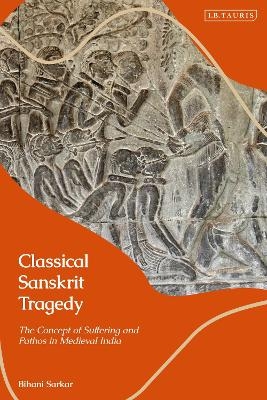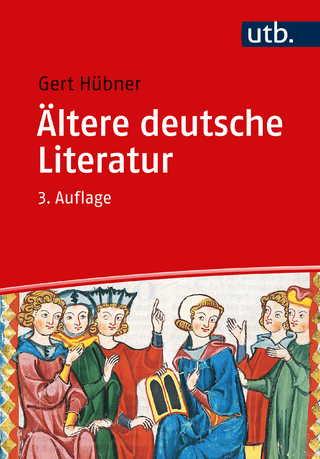
Classical Sanskrit Tragedy
The Concept of Suffering and Pathos in Medieval India
Seiten
2022
I.B. Tauris (Verlag)
978-0-7556-3924-3 (ISBN)
I.B. Tauris (Verlag)
978-0-7556-3924-3 (ISBN)
It is often assumed that classical Sanskrit poetry and drama lack a concern with the tragic. However, as Bihani Sarkar makes clear in this book, this is far from the case. In the first study of tragedy in classical Sanskrit literature, Sarkar draws on a wide range of Sanskrit dramas, poems and treatises – much of them translated for the first time into English – to provide a complete history of the tragic in Indian literature from the second to the fourth centuries.
Looking at Kalidasa, the most celebrated writer of Sanskrit poetry and drama (kavya), this book argues that constructions of absence and grief are central to Kalidasa’s compositions and that these ‘tragic middles’ are much more sophisticated than previously understood. For Kalidasa, tragic middles are modes of thinking, in which he confronts theological and philosophical issues. Through a close literary analysis of the tragic middle in five of his works, the Abhijñanasakuntala, the Raghuva?sa, the Kumarasambhava, the Vikramorvasiya and the Meghaduta, Sarkar demonstrates the importance of tragedy for classical Indian poetry and drama in the early centuries of the common era. These depictions from the Indian literary sphere, by their particular function and interest in the phenomenology of grief, challenge and reshape in a wholly new way our received understanding of tragedy.
Looking at Kalidasa, the most celebrated writer of Sanskrit poetry and drama (kavya), this book argues that constructions of absence and grief are central to Kalidasa’s compositions and that these ‘tragic middles’ are much more sophisticated than previously understood. For Kalidasa, tragic middles are modes of thinking, in which he confronts theological and philosophical issues. Through a close literary analysis of the tragic middle in five of his works, the Abhijñanasakuntala, the Raghuva?sa, the Kumarasambhava, the Vikramorvasiya and the Meghaduta, Sarkar demonstrates the importance of tragedy for classical Indian poetry and drama in the early centuries of the common era. These depictions from the Indian literary sphere, by their particular function and interest in the phenomenology of grief, challenge and reshape in a wholly new way our received understanding of tragedy.
Bihani Sarkar is Associate Faculty Member of the Oriental Institute, University of Oxford and Research Member of the Common Room, Wolfson College, University of Oxford. She is the author of Heroic Shaktism: the cult of Durga in Ancient Indian Kingship (2017).
Acknowledgements
Preamble: A note on the Indian medieval.
Introduction Part I. The Tragic Middle
Introduction Part II. Doubt, Obstacle, Deliberation, Death, Disaster: the Trial in Indian Aesthetics
Chapter 1. Kalidasa and his inheritance of grief
Chapter 2. The Map of Melancholy: Lamentation and the Philosophical Pause
Chapter 3. On losing and finding love: Conflict, Obstacle and drama
Chapter 4. The Altered Heart: Anguish, Entreaty and Lyric
Conclusion
Bibliography
| Erscheinungsdatum | 11.08.2022 |
|---|---|
| Sprache | englisch |
| Maße | 156 x 234 mm |
| Themenwelt | Geschichte ► Allgemeine Geschichte ► Mittelalter |
| Geisteswissenschaften ► Geschichte ► Regional- / Ländergeschichte | |
| Geisteswissenschaften ► Sprach- / Literaturwissenschaft ► Anglistik / Amerikanistik | |
| Geisteswissenschaften ► Sprach- / Literaturwissenschaft ► Literaturwissenschaft | |
| ISBN-10 | 0-7556-3924-3 / 0755639243 |
| ISBN-13 | 978-0-7556-3924-3 / 9780755639243 |
| Zustand | Neuware |
| Haben Sie eine Frage zum Produkt? |
Mehr entdecken
aus dem Bereich
aus dem Bereich
eine neue Geschichte des Mittelalters
Buch | Hardcover (2023)
C.H.Beck (Verlag)
38,00 €


